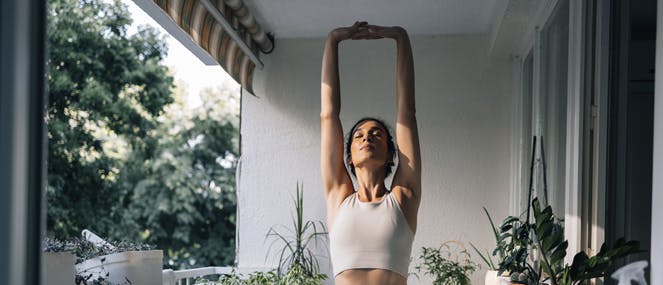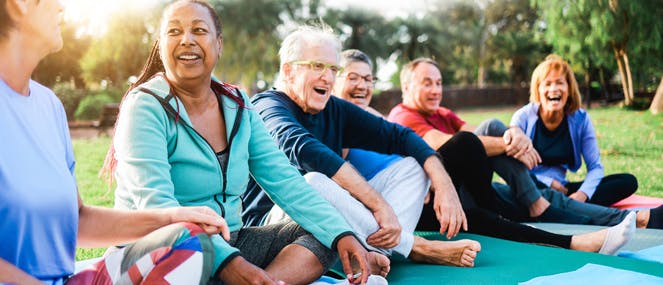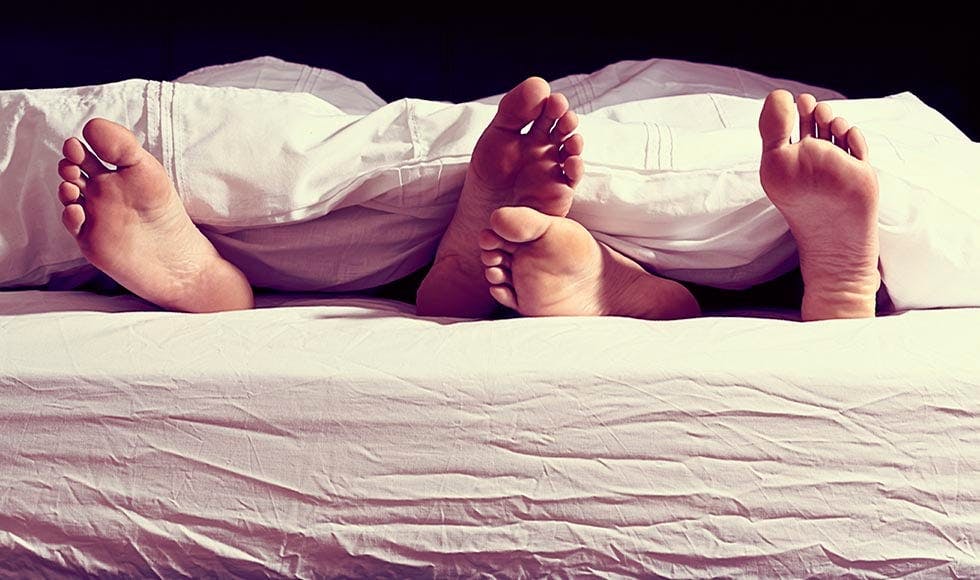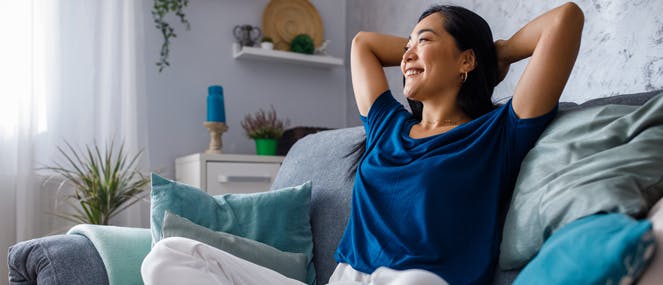
- Health hub/
- Tips & Advice on Improving your Energy Levels/
- Napercise! The Benefits of a Cheeky Nap
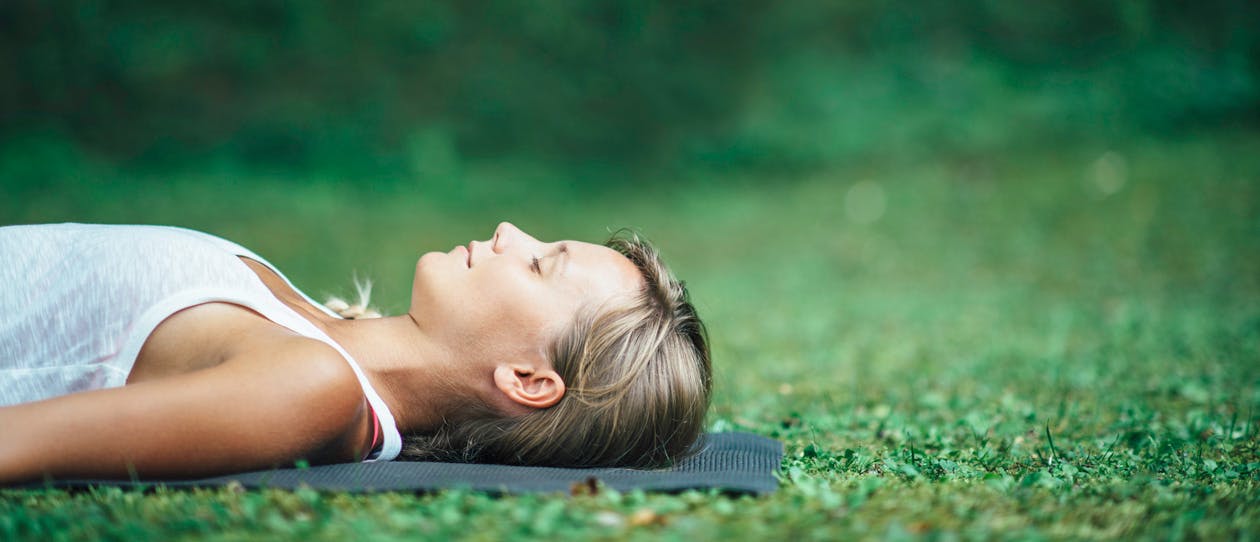

What is Napercise?
A new type of fitness class has emerged targeting busy people and overwhelmed parents struggling with tiredness and fatigue.Called Napercise, it’s simply a room full of single beds where participants rest and sleep for 45 minutes.
Just as a group environment can help motivate people to exercise or lose weight, it’s hoped that the same group mentality can help exhausted parents prioritise rest and recovery.
The room is set to a temperature deemed ideal for optimal sleep, and participants are supplied with blankets and eye masks.
Napercise is the brainchild of UK gym David Lloyd Clubs and classes are proving so popular that we’re seeing classes being added to gyms in Brisbane and Sydney.
Related content
Why you need to take a nap
Top 5 energy zappers
Comparable benefits
It might seem strange for a gym to promote sleep instead of exercise, yet the benefits of both activities are remarkably similar, including:- Improved energy levels
- Stress management
- Reduced fatigue and tiredness
- Boosts mental and physical wellbeing
- Increased productivity and alertness
5 tips for your Best.Nap.Ever
While your local fitness centre may not offer Napercise classes just yet, you can still experience the benefits of napping yourself. A nap lets us function a lot better on less sleep than we otherwise would. Here are five tips to a great afternoon snooze.1. Your napping environment
Ensure the room is cool, dark and quiet. The environment you sleep in will have a big impact on your capacity to fall asleep, and to sleep well. This can be a challenge in the day time, so pull the curtains and switch your phone to silent mode.If you have an understanding boss, it may be worth approaching them to convert a spare office into a quiet space, or even investigate a sleeping pod if the budget allows.
2. Nap as needed
Only nap if you’re genuinely sleep deprived. If you’re not getting enough sleep, napping can offer significant benefits, as it allows you catch up.However, if you are not sleep deprived, napping may interfere with the quality of your night time sleep. It’s a fine balance, but ultimately, your level of fatigue and what you can battle on with will help determine if you need to nap.
3. Intention can be everything!
Understand that you don’t have to sleep to benefit – If your surroundings aren’t quite right, or if you simply find it hard to fall asleep in the day, just resting may still be beneficial. Taking time out to close your eyes, mediate or practice some deep breathing techniques will still help you to relax and rejuvenate.Don’t let the worry about not falling asleep at a designated time cause stress. If you fall asleep, great, but you can still use the time to unwind.
4. Set your alarm
Napping for too long (unless it’s a full sleep cycle) can enter deeper levels of sleep, and possibly interfere with night-time rest. It may help to set an alarm for 20 – 30 minutes to ensure you wake up refreshed.Experiment with different nap durations to determine the exactly amount of sleep you need to improve your fatigue levels, yet ensure that you don’t wake up feeling drowsy.
5. Rule out other causes of fatigue
Sleep deprivation is a common cause of fatigue, but it would be worthwhile to ensure there are no other factors at play. Other conditions that you may want to consider include sleep apnea, low iron levels, medication, dehydration and allergies.
If you have any concerns, see your doctor, or speak to a naturopath.

